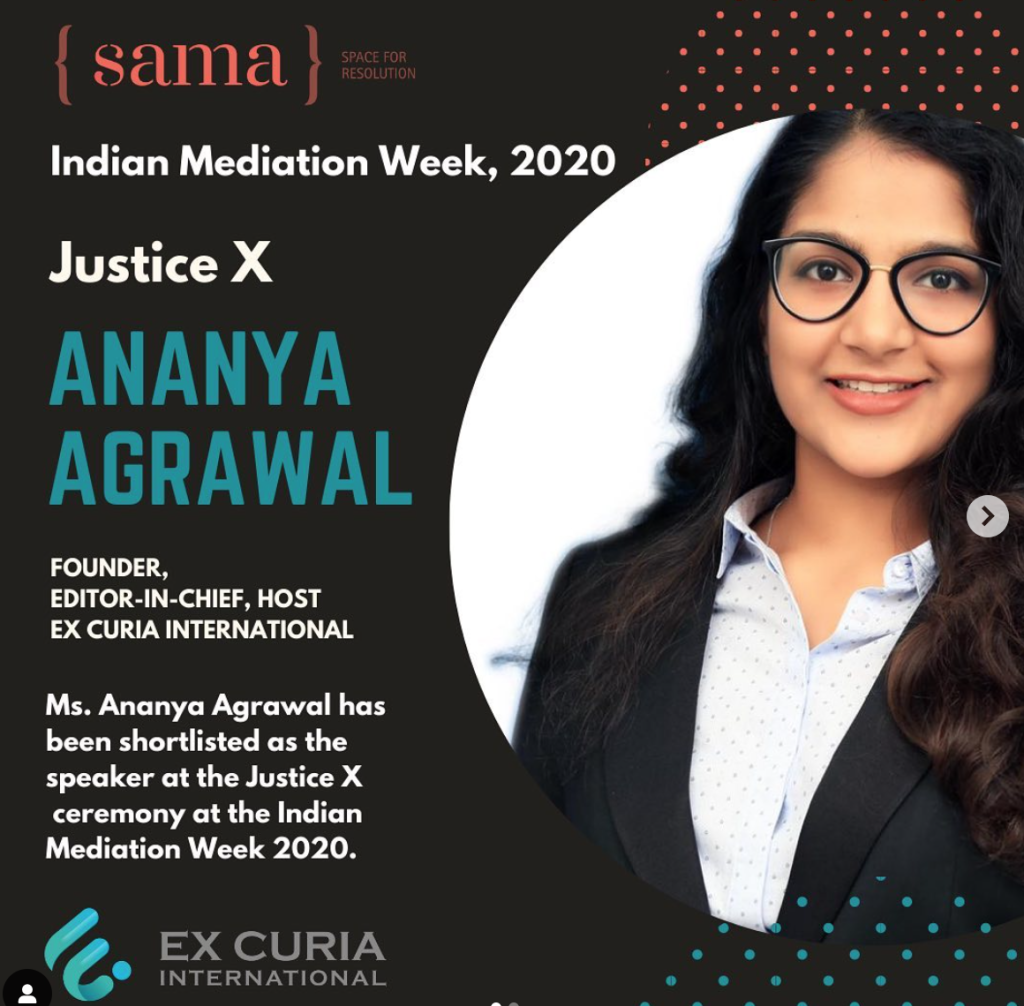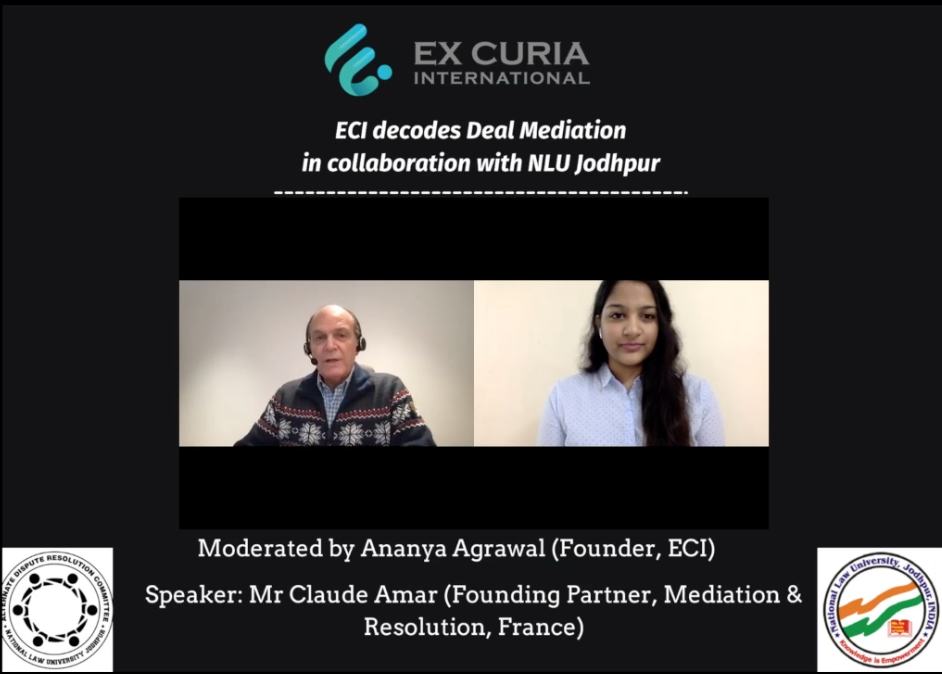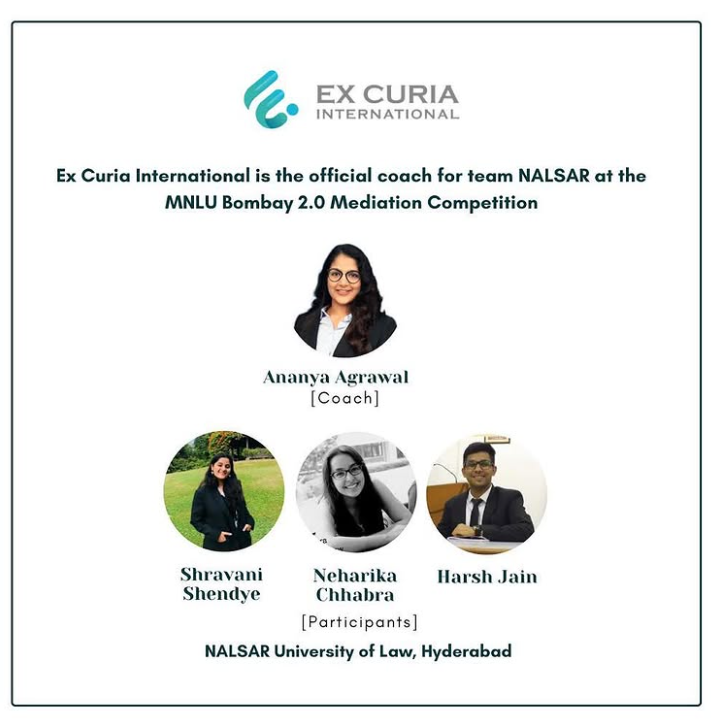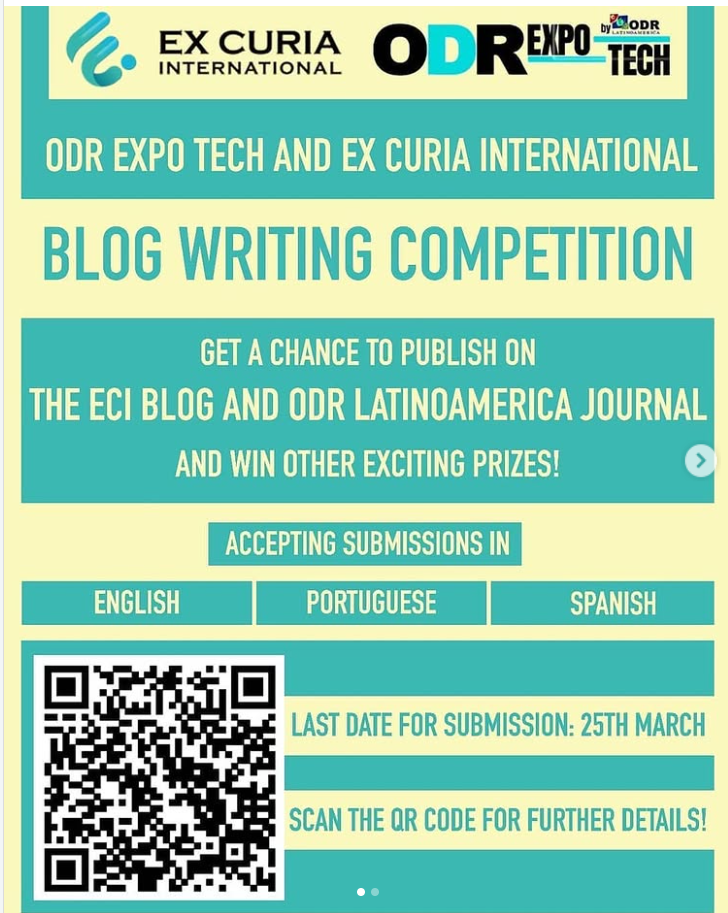Dr. G. V. Loewen* “…we must remember this, that the art of understanding adversaries is an innovation of the present century, characteristic of the historic age. Formerly, a man was exhausted by the effort of making out his own meaning, with the help of his friends. The definition and comparison of systems which occupies so much of our recent literature was unknown, and everybody who was wrong was supposed to be very wrong indeed.” (Dahlberg-Acton 1906:202 [1895]). The great challenge of our own age, that which imagines itself as verging upon post-historical, remains a historical challenge. The shock of the other, her very existence, both promotes this challenge into an orbit that appears dauntingly distant, but also demotes the value of taking up this challenge as something unworthy of our collective efforts. For the other is at first no friend. And yet the stakes could not be higher. Even in Lord Acton’s period, which is still very much our own as modulated from imperial colonialism to economic neo-colonialism, from biopower presumed to biopower desired, from sex to gender, from race to ethnicity, from labor-based classes to those status-based and so on, people were well aware of the historical cost, not so much of misunderstanding, but of deliberate disagreement for the sake of political opportunism and messianistic adoration. Like moving to the relative minor from the nineteenth century’s dominant major key, our own time has been modulated by these structural forces so that the otherness of the other is much more apparent to us, and much more troubling. There no longer is a ‘white man’s burden’, and if anything, fashionable discourse says to us the opposite: that the white man has imposed a burden upon the world that reaches out from beyond his own recently dug grave. Yet it was this very personage who invented the concept of understanding, after many painstaking millennia. Almost all of our philosophical ideas which aid us in coming to both the understanding of the other and what is also of the utmost, one’s own self-understanding, emerge from the ethics of the West, authored and thought out loud by the best of what is often considered a bad lot. If this sounds apologetic in any way, it is because abandoning this discourse means that we are thrown back over into a pre-modernity that is too sure of itself; its religious beliefs, its sense of social order, its political reason, its morality. The Enlightenment, the penultimate fruit of the tree of reason that was first planted some twenty six hundred years ago in Greece, is the source of historical understanding and also that ethical, for it goes beyond the sense that tolerance alone is a good enough showing to otherness as a principle, just as it makes larger the compassion that was to be shown, in Christian ethics, to the other as an individual. This is one of the reasons why Acton refers to understanding the other as an ‘art’. Art simultaneously participates in the universal and the individual. It brings the cosmos to the person without presuming to personalize it. It allows the intimate to experience the infinite without aggrandizing what occurs between persons into a universal force. Similarly the art of self-understanding, which too must attain a new intimacy in the face of an overwhelming and anonymous world, let alone the incomparably larger cosmos. If this is an ideal, let me suggest that before one can attain art, one must task oneself with the more modest act. The act of understanding the other is a beginning, but in our own day, even this appears to be often absent. We hear popular writers speaking of ‘reaching out’ to one another, of tolerance, compassion, even acceptance, but are any of these, or can any combinations thereof, truly generate an authentic understanding of the other as a vehicle for otherness? Here, I am using the term to connote neither the untoward nor the uncanny as such. Yes, both are present in the encounter with the other insofar as the first may be the case if we fail to understand something of her – she may end up presenting a threat to our own parochialism, which is not necessarily a bad thing in and of itself – and the second occurs simply because of the shock of realizing that another human being can in fact be so different from me that I am stretched to recognize her as human. The untoward is what we seek to avoid, but the uncanny cannot be expunged. We simply have to accept this in ourselves through the other as part of the act of understanding. For otherness also resides within, from the metaphoric rhetoric of the unconscious life, to the role stress and conflict that occupies our waking hours. It is quite enough most of the time and for most of us, to nod again to Acton, to ‘make out our own meanings’, oft enough without any help at all, from either friend and certainly not from foe. Just so, just now, we see that friend and foe are becoming all too clear, so much so that if one is not the one, one is the other. This is the very essence of pre-modernity in all of its diverse organizational forms. From hunting and gathering, through horticulture and agrarian means of production, the stranger could not be one of us. It is a long-germinating resonance of the second Great Awakening period (c.1790-1840) in the USA that American politics – ironically heralded as the most ingenious, reasoned and liberating if experimental dynamic in world history by De Tocqueville at the very moment it was about to turn inward and fold back upon itself – has seemingly regressed into a bipolar pre-modernity; one is either friend or foe and there is nothing, and more importantly, no one, in between. The art of understanding is the culmination of a series of acts which direct themselves toward a sense of self-recognition, thence further, toward a more






